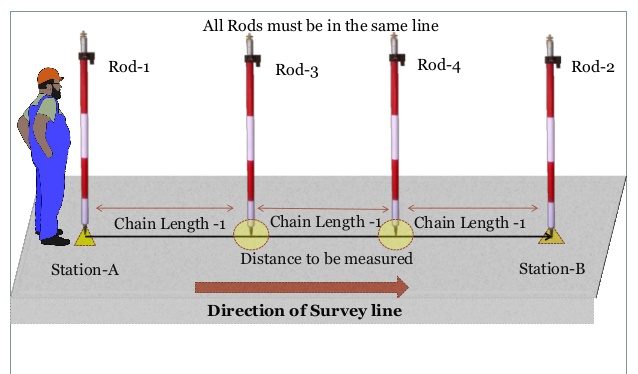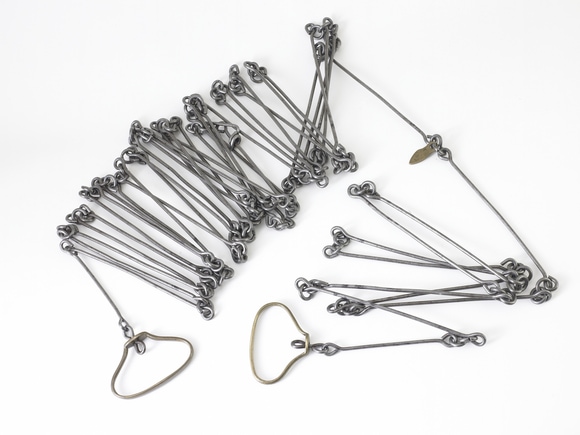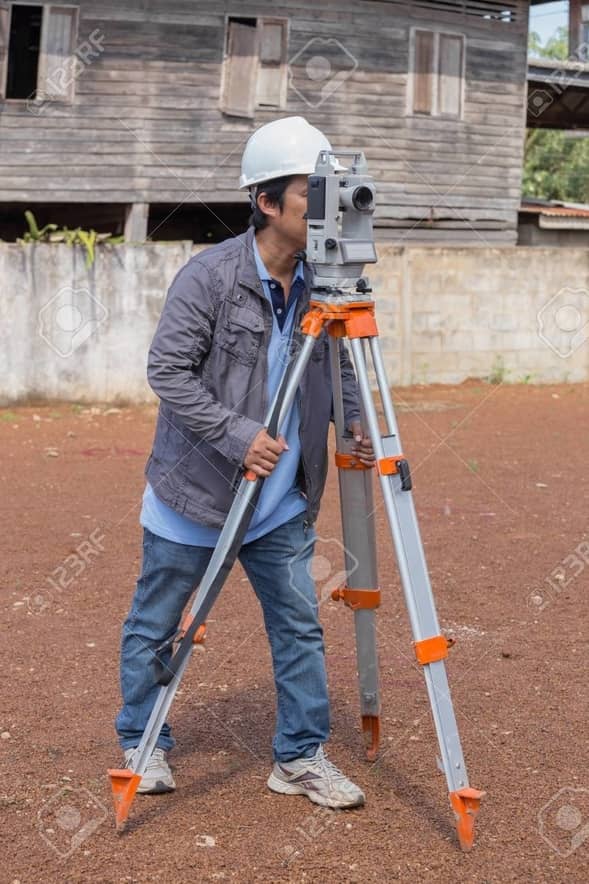Back to: AGRICULTURAL SCIENCE SS2
LESSON FOUR
Welcome to Class !!
We are eager to have you join us !!
In today’s Agricultural Science class, We will be learning about Surveying and Planning of Farmstead. We hope you enjoy the class!

MEANING OF FARM SURVEYING
Farm surveying is defined as the process of measuring and mapping out the position, topography, size and boundary of an area of farmland. It can also be defined as the process by which measuring of land is made on the farm.
IMPORTANCE OF FARM SURVEYING
- It helps to determine the farmland.
- It is useful for the preparation of feasibility studies.
- It ensures proper use of the farmland.
- It helps in the proper location of the farm building.
- Farm maps or soil maps are useful in planning the farmstead.
- The results of a farm survey are used for soil classification.
- It can be used to make a projection of future yield.
- It can be used as collateral for a loan.
- It can be useful for the acquisition of C of O.
- It can be used to determine the gradient of the farmland.
EVALUATION
- What is farm surveying?
- List five importance of farm surveying.
SOME COMMON SURVEYING EQUIPMENT AND THEIR USES
1) RANGING POLE / ROD
DESCRIPTION
- It is made up of wood or metal.
- It is of varying length e.g. 1.8, 2.4, 3m.
- It is usually painted black, bright red and white to enable it to be seen from distance.
- It has a pointed end.
FUNCTIONS
- It is useful for making stations.
- It is also used for making a straight line.

2) GUNTER’S CHAIN
DESCRIPTION
- It consists of a series of dumbbell-shaped links of steel wire joined together by three small rings.
- The length is normally 20.13m (66ft).
- The chain is entirely metallic.
FUNCTION
It is used to take a short detailed measurement of length and breadth.

PRECAUTIONS WHEN CHAINING THE FARMLAND
- Pull taut chains, tapes or ropes.
- Avoid errors of transporting figure on papers.
- All chains, tapes, ropes etc. must be properly aligned before taking the measurement.
- Avoid errors of parallax when reading measurements.
- Make sure the chain is not faulty before use.
3) MEASURING TAPE
DESCRIPTION
- It is usually made of linen or fine steel sheet.
- It is marked on one side with metric units and the other side with the empanel unit.
- The tape is normally wound in small ease from where it is unwound for use.
FUNCTION
It is used for taking measurements of length, breadth and height.
4) PRISMATIC COMPASS
DESCRIPTION
- It is normally placed on a stand.
- It has a prism.
- It has a compass card marked in degrees, half degrees, minutes and seconds, in a clockwise direction.
- It has a straight slot.
FUNCTION
It is used in taking bearings. It is also used in the measurement of angular, distances.
5) THEODOLITE
DESCRIPTION
- It consists of a tripod stand, made of wood or lightweight metal in solid or telescope legs.
- The tripod stand forms the base of the instruments.
- It has a lower plate which contains the graduated horizontal circle made of glass or brass.
- It has a spirit level which is used to define horizontal plain against, which angles of elevation or depression are measured.
FUNCTION
It is used to measure horizontal or vertical angles or planes.

6) ARROW OR PIN
DESCRIPTION
- This is a thin pointed steel wire of about 30cm long with one end curved into a ring.
- A red cloth is normally attached to the ring so that it can be seen from afar.
FUNCTION
- It is used during chaining for marking off-chain length as measured.
- It can also be used for making stations.
7) OFFSET STAFF
DESCRIPTION
- This is graduated rod 3m long.
- A hook may be fitted at the top for the purpose of pulling a chain through a hedge.
- Each telescopic link is 0.3m (30cm) in length.
FUNCTION
It is used for taking short offset measurement.
8) BEACON OR PILLAR
DESCRIPTION
- It is made of rectangular block usually in concrete form.
- Marks are usually inscribed on top of the block.
- The beacons are always burned in the ground with the marked head raised a little above ground.
FUNCTION
- It is used for marking point off measured.
- It is also used for recognition of the measured or surveyed area.
GENERAL MAINTENANCE OF SURVEYING
- All instruments must be cleaned after use.
- Keep instruments in a dry and cool place.
- Metal parts should be oiled, greased or painted before storage.
- Keep them away from rain and heat to prevent rusting.
- Replace worn out parts.
- Use the instruments only for the intended functions.
- Let competent surveyor handle and use the instruments only.
EVALUATION
- List seven surveying instruments and state their uses.
- List five general maintenance of surveying instruments.
We have come to the end of this class. We do hope you enjoyed the class?
Should you have any further question, feel free to ask in the comment section below and trust us to respond as soon as possible.
In our next class, we will be learning about Farm Planning. We are very much eager to meet you there.

This is excellent
I have found this stuff very educating.
That’s nice
Kudos!!! To the creator of this note.I really found it useful for my studies, infact I even used it to do my assignment.📖📖✍️
Thanks!!👍❤️❤️
This is good
We’re glad you found it helpful😊 For even more class notes, engaging videos, and homework assistance, just download our Mobile App at https://play.google.com/store/apps/details?id=com.afrilearn. It’s packed with resources to help you succeed🌟
good keep it up
Educating